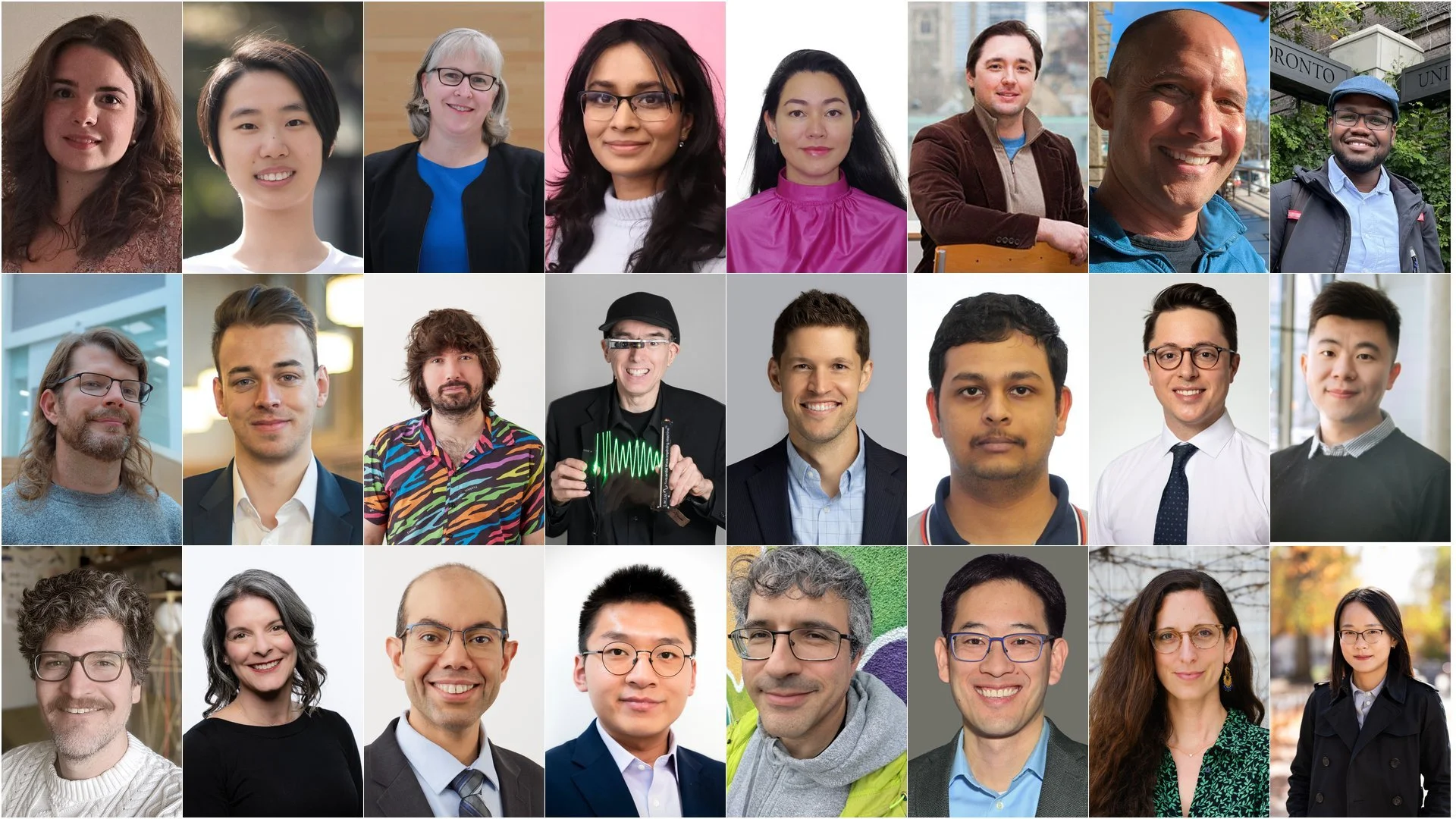Software’s uneven spoils: New research by Kristina McElheran
New work by Schwartz Reisman Faculty Affiliate Kristina McElheran shows software investment boosts productivity and millennial wages, but twists demand away from older workers.
While big tech firms are increasingly criticized for stratospheric valuations and high-flying executive compensation, their gains seem to be spreading beyond the C-suite. According to new research by Schwartz Reisman Faculty Affiliate Kristina McElheran, assistant professor of strategic management at UTSC and the Rotman School of Management, workers fuelling the digital economy are also benefitting from it.
“When a firm invests heavily in software, workers in those firms earn more,” says McElheran of the new research findings. She and her co-authors analyzed over a decade of United States census data on software investment and employment patterns. “Plus, the benefits are linked to individual skill levels, not just working at the right firms. Our take is that those savvy with software and digital tools are the ones whose earnings rise the most.”
McElheran’s research contributes to the ongoing dialogues at Schwartz Reisman about the ways in which technology, systems, and society interact. The results of this study delivered welcome news—and some cause for concern. Unfortunately, not all are lifted by the rising tide.
“You’ve probably heard millennials described as ‘digital natives,’” says McElheran, referring to the theory that, as the first generation to grow up with the internet, millennials are more likely to be well-versed in digital technology. “The corollary—that boomers aren’t, that they struggle with software—may mean they lose out when software investment in firms increases.”
That seems to be what the study found from a detailed analysis of over a decade of U.S. Census Bureau data. As investment in software assets increased, the relative wages of older workers decreased, and their exits—whether by firing, quitting, or retirement—increased.
“We call this a twisting of the demand curve,” McElheran says, alluding to the paper’s title.
➦ Read “Twisting the Demand Curve: Digitalization and the Older WorkforCE.”
Kristina McElheran studies the economics and strategic management of technological change.
“Usually, older workers have more experience and firm-specific knowledge, which earns them higher wages. When firms upgrade their non-IT capital, these workers share in the benefits. But software investment defies this pattern.” From 2002 to 2014, the time period of the data under examination, older workers earned lower wages as software investment rose, while workers in the middle of the age distribution, 30–49 years old, earned higher ones.
The power and detail of the analysis was considerable. McElheran, along with co-authors Richard Freeman, James C. Davis, and Erling Barth—all major contributors to the field of labour economics—linked two rarely-connected U.S. Census Bureau data sets. The first records the capital expenditures on software and equipment for over 50,000 American firms. The second provides detailed information on the wages, job length, and demographics of 11.6 million U.S. workers in 22 states and the District of Columbia. Altogether, the latter accounted for half of the entire U.S. workforce in 2012.
“We were very lucky to work with the U.S. Census Bureau,” says McElheran, acknowledging the Bureau’s substantial investment in collecting and maintaining the data. “They have unparalleled data on the U.S. labour force and firm behaviour, and responding to their surveys is required by law. It’s a treasure trove of highly accurate data.”
While millennials may celebrate the study’s findings, McElheran says it’s a problem for Canada and other “greying” countries—those whose populations are steadily becoming dominated by older people—and it may be a problem for millennials, too. “We’re concerned about the general trend of letting people fall off the back of the truck, as technology accelerates and we rely on individuals rather than systematic training programs to keep skills up to date.”
“Will being a ‘digital native’ save you in the age of AI?” she asks. “I wouldn’t be so sure. A lot is changing—and fast.”
It’s a problem that affects more than the biggest tech firms. In companies that invest heavily in software for their own operations—proprietary Enterprise Resource Planning (ERP) software, for instance—the labour demand curve could also shift to hurt older workers. Walmart, for example, increased their share of the general merchandise retail market 16-fold with massive investments in logistics software. Digital transformation is changing work across all industries. Older workers could see lower wages and higher exits in nearly any type of firm.
While benefits accrue more to millennials and late Generation X-ers in this study, a key challenge is that advantages go to those already earning higher wages. “Software not only increases the earnings for those in the middle of the age distribution,” says McElheran, “it raises the earnings most for high-wage workers in that demographic. This happens both within and across firms.”
“In short,” she concludes, “while software investments tend to benefit workers, they also fuel earnings inequality. This is a problem, socially and politically, in many countries right now.”
There is, however, an important good-news story that runs contrary to the dogma of Big Bad Tech. “The productivity benefits are not all going to shareholders and top managers. They are being shared with workers,” says McElheran. “Workers in high-tech firms are earning more. Those with skills that are often hard-won are reaping the benefits. The jobs of the future may require significant retooling, but investments in new skills have every indication of paying off.”
While it is tempting to reduce the story to sound bites, McElheran reminds us that the whole picture is more complicated.
“Productivity matters,” she says. “Yes, these firms generally favour younger workers and their software-complementing skills. This can have social consequences, as we see in this study. But the firms are also more productive. They benefit from tremendous economies of scale, leveraging technology to produce efficiently and fuel innovation, which benefits society as a whole.”
Grappling with these kinds of competing priorities is at the heart of the Schwartz Reisman Institute’s mandate. The Institute’s “four conversations” invite scholars to consider the complex relationship between technology and humanity. Value Alignment, the third conversation, asks how technology fits with or challenges what humans value, as individuals and as communities. McElheran’s research points squarely to this question.
“What matters to us as a society?” she asks. “We want highly productive, efficient firms that buoy our economies and markets. We want social cohesion. We want people to be rewarded for risk-taking and hard work. But there are tradeoffs.”
Tackling big questions is the norm for McElheran, who is also a fellow at the MIT Intiative on the Digital Economy, the Stanford Institute for Human-Centered AI, and the Labor and Worklife Program at Harvard Law. When she joined SRI as a faculty affiliate earlier this year, she found herself right at home.
“SRI’s interdisciplinary community is wonderfully exciting, and an ideal fit for me and my research,” she says.
Like this study, McElheran’s work often comes with important implications for industry and government.
“The question of productivity-versus-equality may be complex, but we cannot shirk from trying to find a balance,” McElheran says. “We’re calling for an empathetic yet evidence-based approach to technological change, and policy responses to it. For the benefit of workers of every age.”
Want to learn more?
Read “Twisting the Demand Curve: Digitalization and the Older Workforce” on the National Bureau of Economic Research website.









